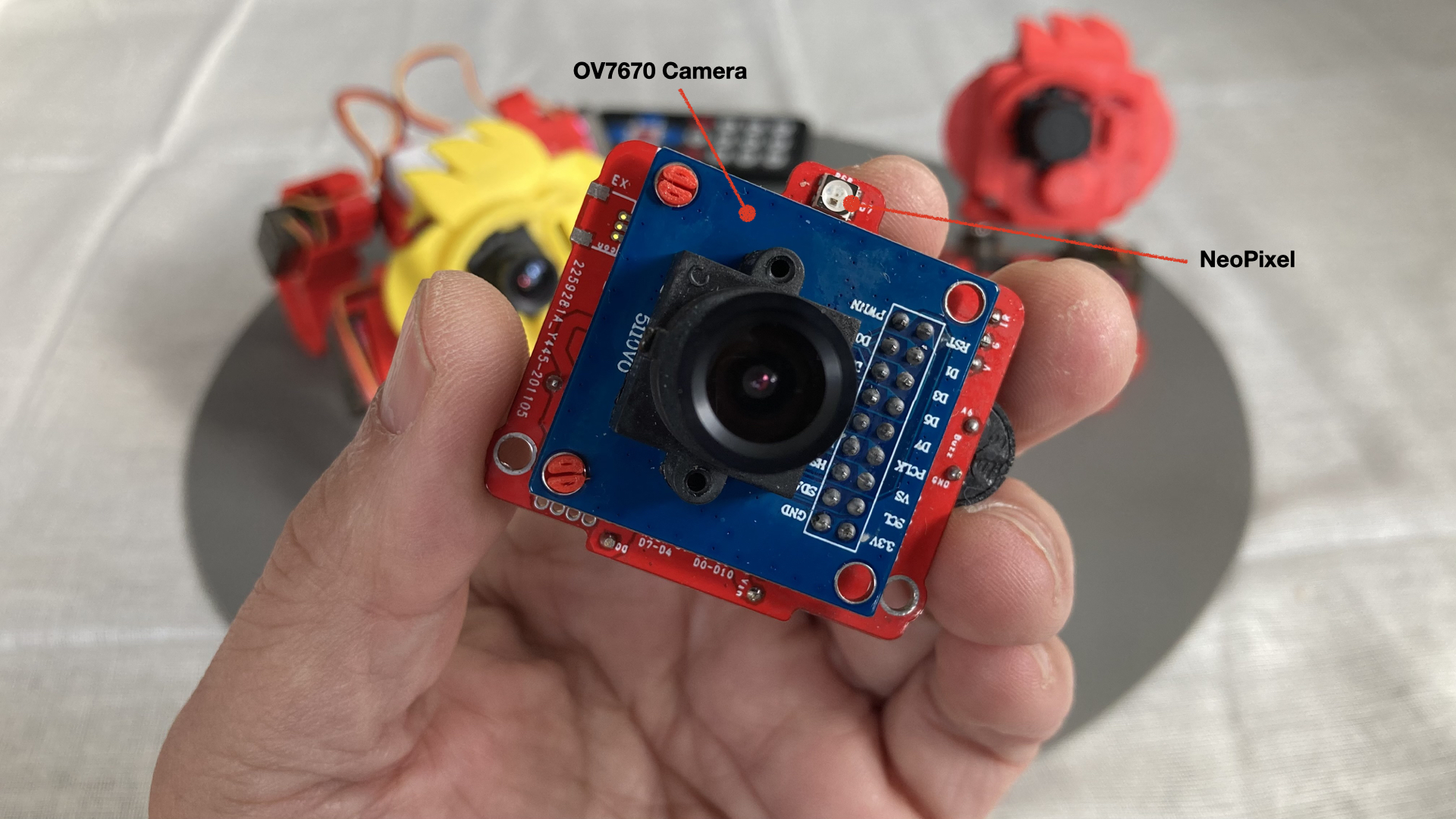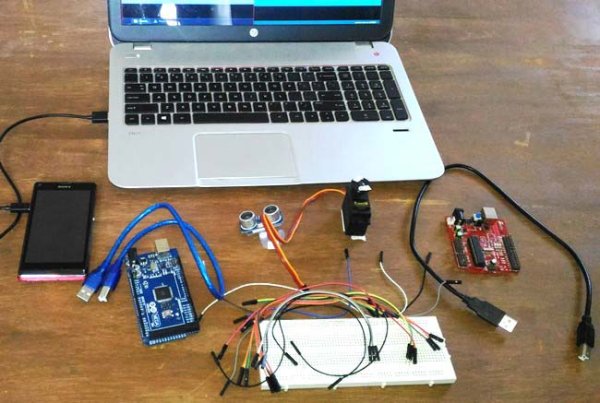
The device uses a 5-volt power supply that can be derived from the USB connection. The Pixy2 has a variety of connections that can be used to connect it to a computer, microcomputer or microcontroller. New tracking algorithms that allow you to track objects.Has an integrated light source consisting of two white LEDs.Has a framerate of 60 frames per second.Detects lines, intersections and simple barcodes.In addition to having all of the features of the original Pixy Cam the Pixy2 has these additional functions: The Pixy2 is the latest (as of this writing) version of the Pixy Cam. Unlike the original Pixy Cam, the Pixy2 was not a crowdfunded project, Charmed Labs designed and built the Pixy2 using the profits made from sales of the original Pixy Cam. It is smaller, faster and has a fixed focus lens. The Pixy2 is an improvement on the original. It could be used with an Arduino, Raspberry Pi or on its own as a computer peripheral. The original Pixy Cam was a breakthrough in both capability and price. The device was funded in 2014 by a successful Kickstarter campaign under the name Pixy Cam. The fifth version of the camera (CMUcam5) was a joint effort of the robotics team at CMU and Charmed Labs. This device was one of the world’s first affordable vision sensors and over the years it has gone through several different iterations. The origin of the Pixy2 can be traced back to the CMUcam, a device developed at the Robotics Institute at Carnegie Mellon University in 1999. This frees up your microcomputer or microcontroller to perform other operations, using the Pixy2 as an “intelligent sensor”. The Pixy2 is a self-contained unit, it’s onboard processor takes care of all the “heavy lifting” – recognizing specific objects and filtering out extraneous objects.


You can use these as visual indicators for your robot project. The Pixy2 can also detect 16 simple barcodes. This is similar to the method you use when you walk, bike or drive down the street – you look ahead to anticipate any turns or stops you’ll need to make. Unlike traditional line followers, the Pixy2 can “look ahead” to determine when the line it is following (called a “vector”) is going to turn or cross another line (i.e. The camera also has algorithms for line following. Each of these objects is assigned a unique “signature”. The Pixy2 is capable of recognizing seven distinct objects based upon their shape and color (or hue). The device I used for this article and the video was supplied courtesy of DFRobot.

The Pixy2 is a small camera designed for object recognition, line tracking, and simple barcode reading. Today we will examine one of these offerings, the Pixy2 Camera. Object recognition and computer vision technology is now available for experimenters as well, with several kits and cameras with various capabilities available. Google and Facebook can identify faces from photographs and tag the pictures, advertising billboards can (in a somewhat controversial fashion) identify a person’s gender and age to cater ads to them based upon the results and solve Rubik’s Cubes. Flash forward to today and object recognition has become mainstream.


 0 kommentar(er)
0 kommentar(er)
